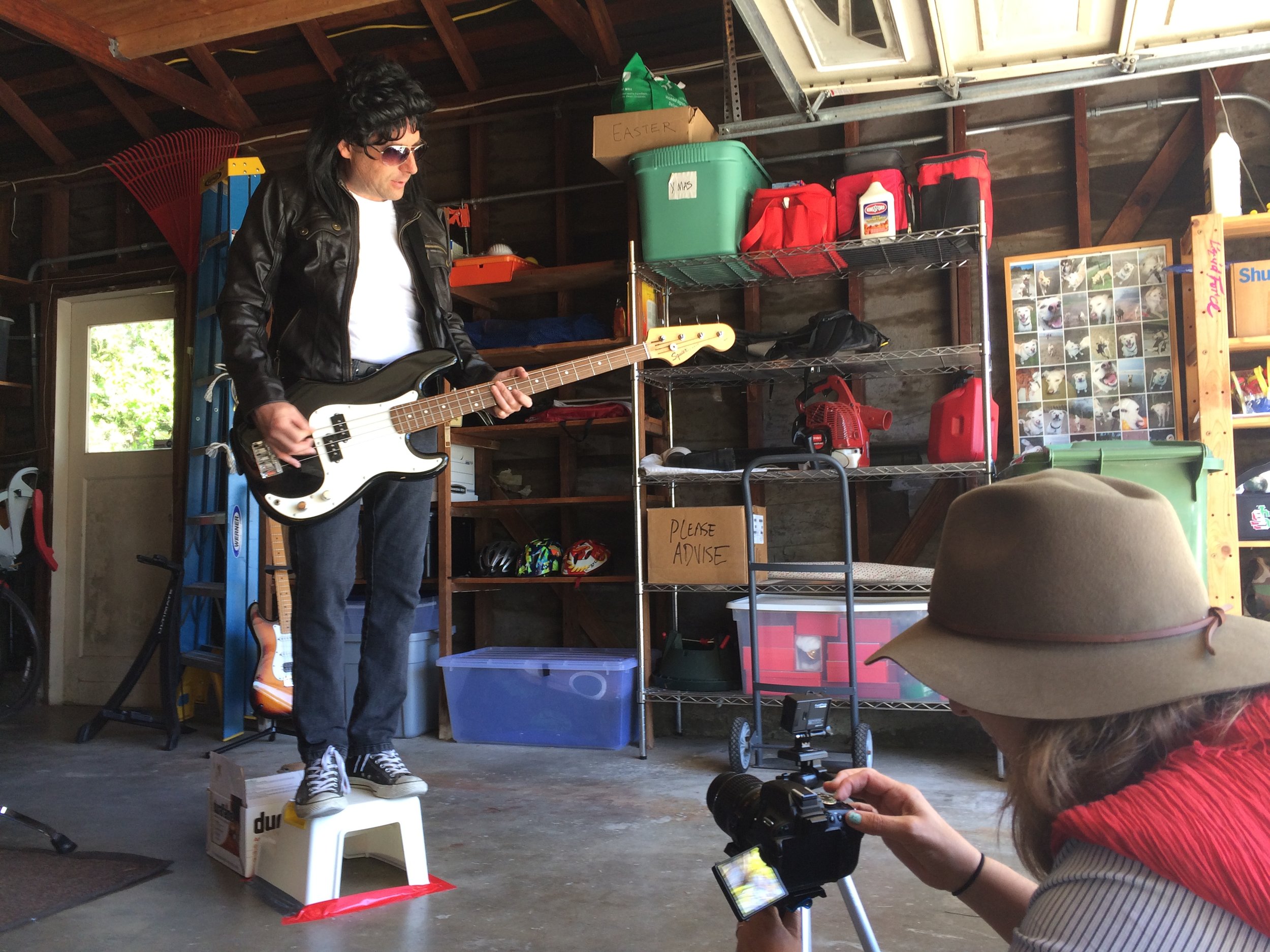Even though I’m not a horror film fan per se, one of my favorite movies of all time is Halloween. I've Ioved it since my teens, and I’ve gone on to appreciate it as a work of film art even more as an adult. I couldn’t tell you how many times I’ve seen it. Like the original Blade Runner, it’s simply one of the most atmospheric and visually interesting films I’ve ever seen. It’s also one of the most profitable independent films ever made, with a budget of approximately $320,000 ($20,000 reportedly going to Donald Pleasance, who IMO earned every penny for his classic performance).
Halloween became one of the highest-grossing and most culturally significant indie films of all time.
For a long time, I’ve resisted an urge to get all the “behind the scenes” info about the film I could, as I tend to do with bands and movies I love. There’s a part of me that always wanted to enjoy Halloween as a movie, without dissecting it from a production standpoint. Being a film school grad, it’s easy to break down your darlings to the point where it loses that magic you feel as an everyday viewer.
I couldn’t help myself this year, though, and started to dig more into this cinematic classic’s production and development—which of course is almost always just as colorful and fascinating as the film itself. I found several documentaries about the making of, but favorite so far is Halloween: The Inside Story.
Here are just some of the tidbits from the documentary you may or may not already know (some of which I already knew, but not all):
- The film’s director John Carpenter composed and scored the film himself in three days, even though he can't read music.
- The film was shot in 21 days. Hollywood productions are typically shot in 3–4 months, minimum.
- The film was not shot in Haddonfield, IL, but rather primarily in South Pasadena, CA, in the spring of 1978. Three trash bags of full of spray-painted leaves were reused and tossed or dropped off-camera to make it look like fall.
- The opening sequence was shot in two takes using a Steadicam (more accurately, it was a Panaglide) in about three hours, with no storyboards. According to the film's cinematographer, Dean Cundey, it was all in Carpenter's head.
- The killer Michael Myers, or The Shape, was brilliantly portrayed by Carpenter’s film school friend, Nick Castle. By all accounts, Carpenter gave minimal direction to Castle, which is shocking considering how iconic his dialogue-free performance has since become.
- The film’s brilliant cinematography helped define the film's darkly atmospheric look and heighten suspense—particularly in Cundey's use of blue light and negative space in the night scenes, respectively.
- The film was originally titled The Babysitter Murders, but producer Irwin Yablans suggested setting it on Halloween night, along with the title of the film.
Having either acted in or directed several low-budget film projects myself, I couldn’t help but be inspired by what I’d learned from digging into the making of Halloween. A few themes that stood out for me:
- How resourceful talented people can be, especially while working under pressure.
- How collaboration often results in something better than something done solo (If anything, filmmaking is a team sport by necessity).
- How the unconventionally young (especially at the time) cast and crew were inspired by their director, and how driven and determined they were in making the most of the opportunity.
Aside from its huge success, films like Halloween are an inspiration to any artist for these reasons. They demonstrate how much can be done on a budget with some ingenuity and creativity.
When you’re an indie musician or filmmaker as I am, you often have to work with way less than $300K—and in my case, practically nothing. That’s why I find the “making of” stories behind professional but smaller productions so useful. There’s always something to learn.












GALLERY ABOVE: Behind-the-scenes shots from our video shoot for "I Don't Need You"
My book, Indie Rock 101, covers low-budget filmmaking fundamentals that I've relied on over the years, most recently in the making of the music video for my song, “I Don’t Need You”:
- Be generous – When I was in film school, I read a book by Spike Lee about the making of his first low-budget movie, She’s Gotta Have It. My biggest takeaway from the book? Feed your cast and crew, especially when they’re working for free. (My most recent video was made with some talented friends for about $28 worth of bad wigs, two pizza meals for the cast and crew, and my undying gratitude).
- Keep your overhead low – You’d be surprised at how much you can do with a few talented friends banding together for a fun day of shooting. Speaking of which…
- Get friends to volunteer – The arts is a buddy system. Help your fellow creative friends along the way, and they’ll help you.
- Fewer actors, fewer locations – The less driving around and resetting of lights, cameras, and gear you can do on your shoot, the better. Permits for locations? Fuhgettaboutit! For our video, we shot at my house, used my car and instruments as props, and everyone brought their own wardrobe.
- Use daylight – Setting up lights for shooting is time-consuming and requires a ton of gear. Shoot outdoors using natural light and simple camera setups whenever possible.
VIDEO ABOVE: The final product in all it's lo-fi glory.
Do you have your own guerrilla filmmaking techniques you’d like to share? Sound off in the comments.
